MonsieurTox
Master Member
My fav parts of ED 209 ! Great job !
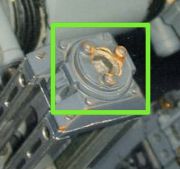
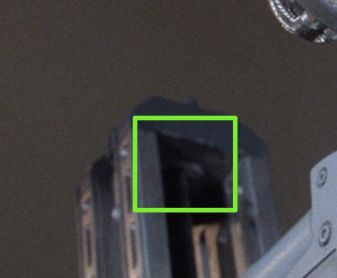
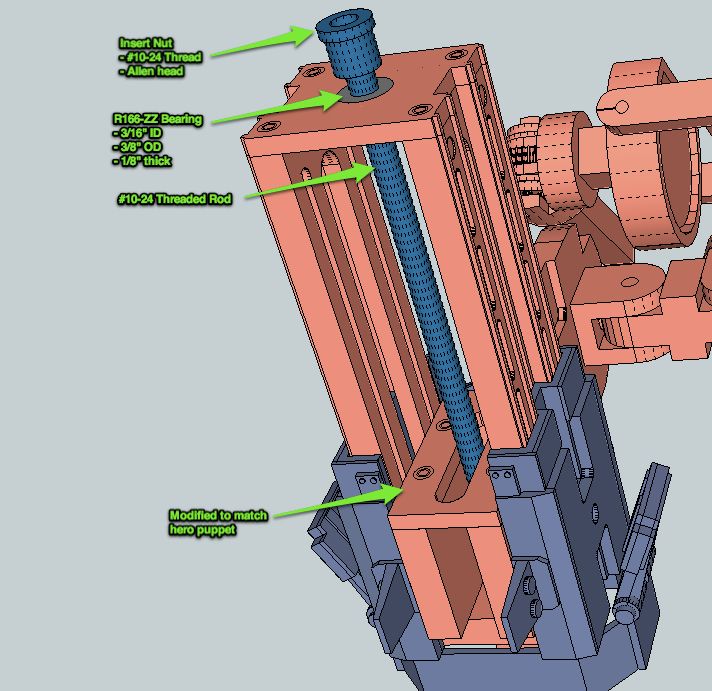
Looks good Chris. There MUST be a bearing in the top of the leg. You can see what looks like the counterpart bearing in the base of the leg. (This is a crop of R04 - Endgame (Legs)106.jpg in our shared material.)



Coming along nicely! Your ED is gonna be sick!
btw, added some new renders of my virtual ED. Lemme know if you need any parts!
Robbins Digital Art
This is a really interesting build & love the attention to detail & the whole process :thumbsup
I'd always assumed the threaded rod made the box go up & down just like a two poster ramp. Interestingly on a two poster ramp the threaded rod goes through a large bronze nut which moves up & down it. It also crossed my mind that you could use an "Oilite" flanged bush top & bottom of the threaded rod if space is an issue.
Just a thought
Edit: http://www.getyourbearings.co.uk/fla.../aj030504.html
There's some good shots of the leg mechanisms here, I'm sure you've seen this already though
Robocop - 08 The Boardroom: Storyboard with commentary by Animator Phil Tippett - YouTube
I've been staring at this shot for a while. The bearing in the base of the leg rail has a definite flange, and looks to locate the block through which the threaded rod passes when it is in the 'down' position. This means the slot is wider than the rod, and to me further supports the idea that the slot in the block which rises up and down the leg is not connected to the rod at all.
The articulation of this whole knee section is independent of the mechanics when you study frame by frame. The piston group appears to connect to a round plate on top of the leg rail. In reality the pistons are totally independent as this shot shows. I think ED's ride height is set by tightening the black pins on (arrowed) on each side of each leg. Maybe I'm hallucinating but is there a hex in that pin?
Looks like a hex screw to me for sure, and the flanged bearing, looks like its nylon???
Hmm
Perhaps a threaded collar with two projections that lock into the 'counterweight' along the axis of those black pins?
Sure would simplify the animation if you could twirl the main threaded rod, and raise and lower the knee that way. You wouldn't need to keep locking and unlocking the knee joint that way.
Neil
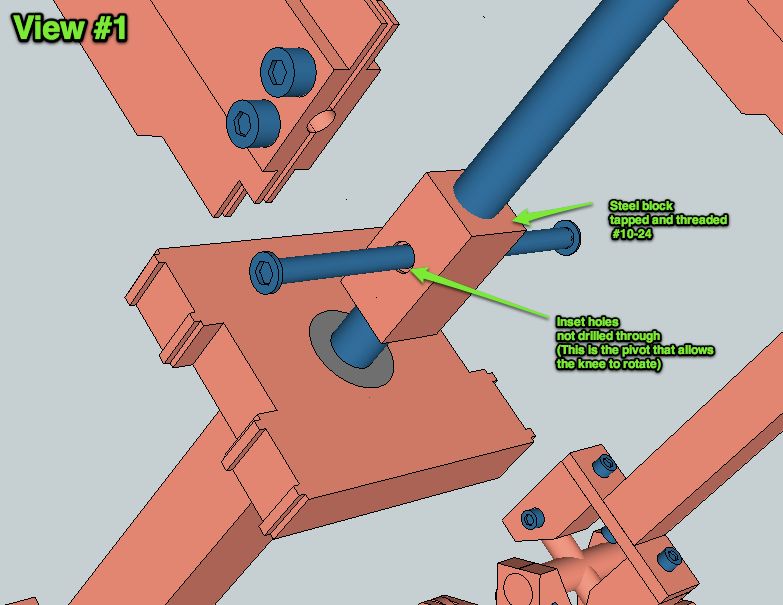
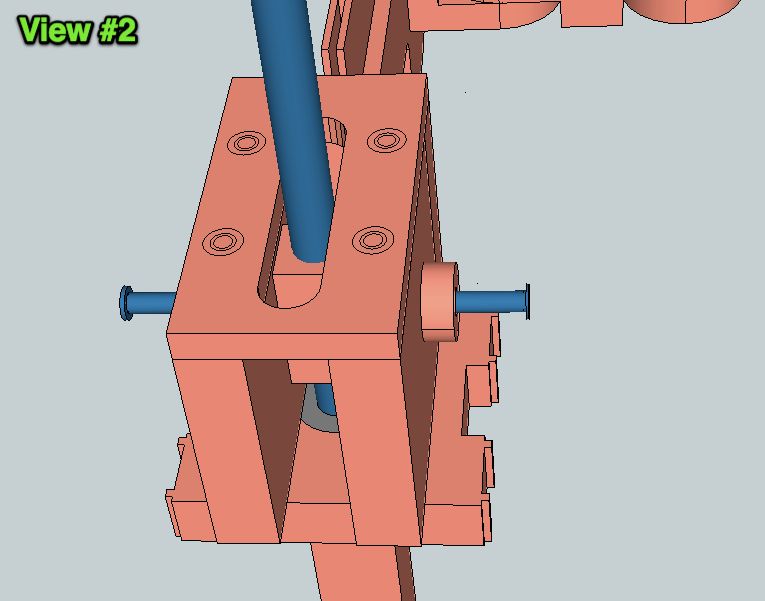
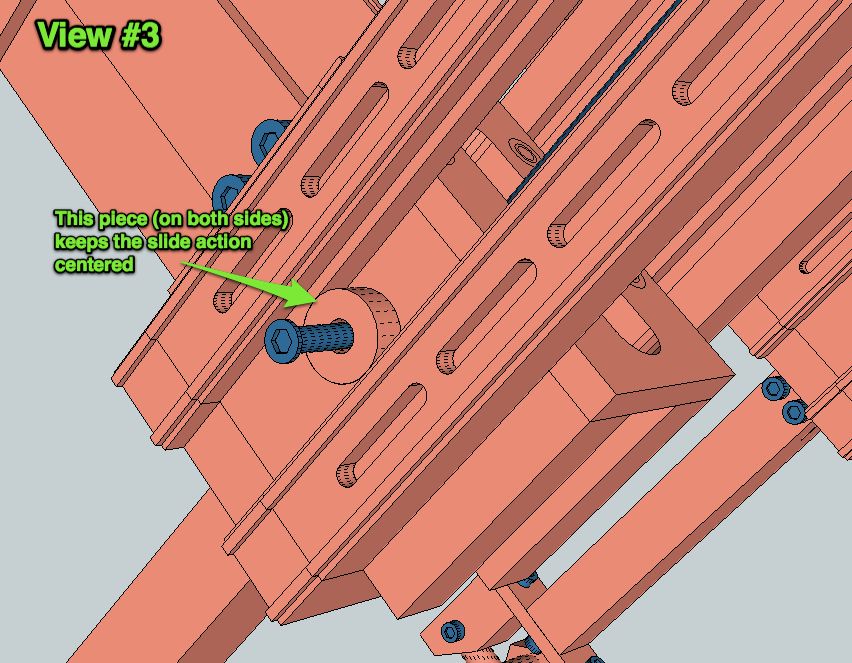
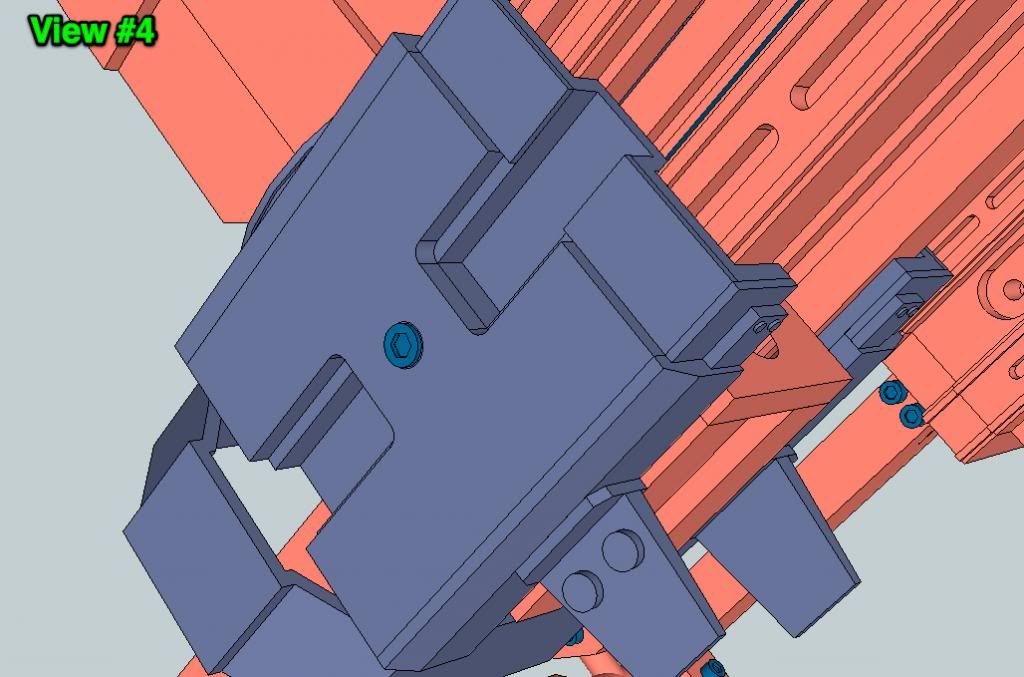
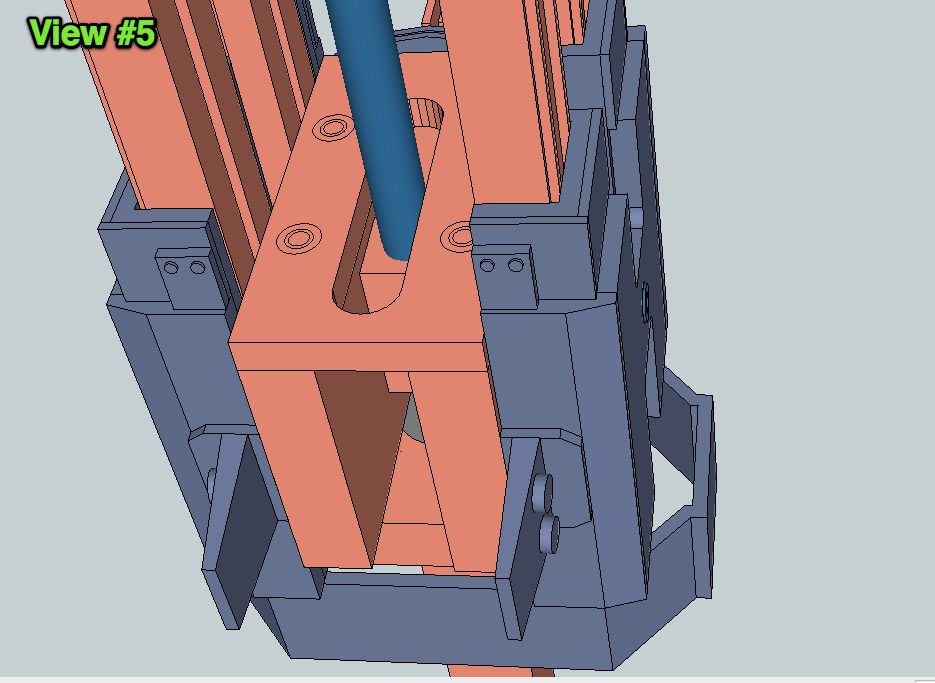
I would agree thats the way it was done. I made a similar design for the breathing mechanism for the Taun. Simply rotate the screw and the threaded block moves up and down.
Ah o.k. now I see (thanks ds5500)and keep up the good work CheesyGrin these rendering are beautiful:cool
